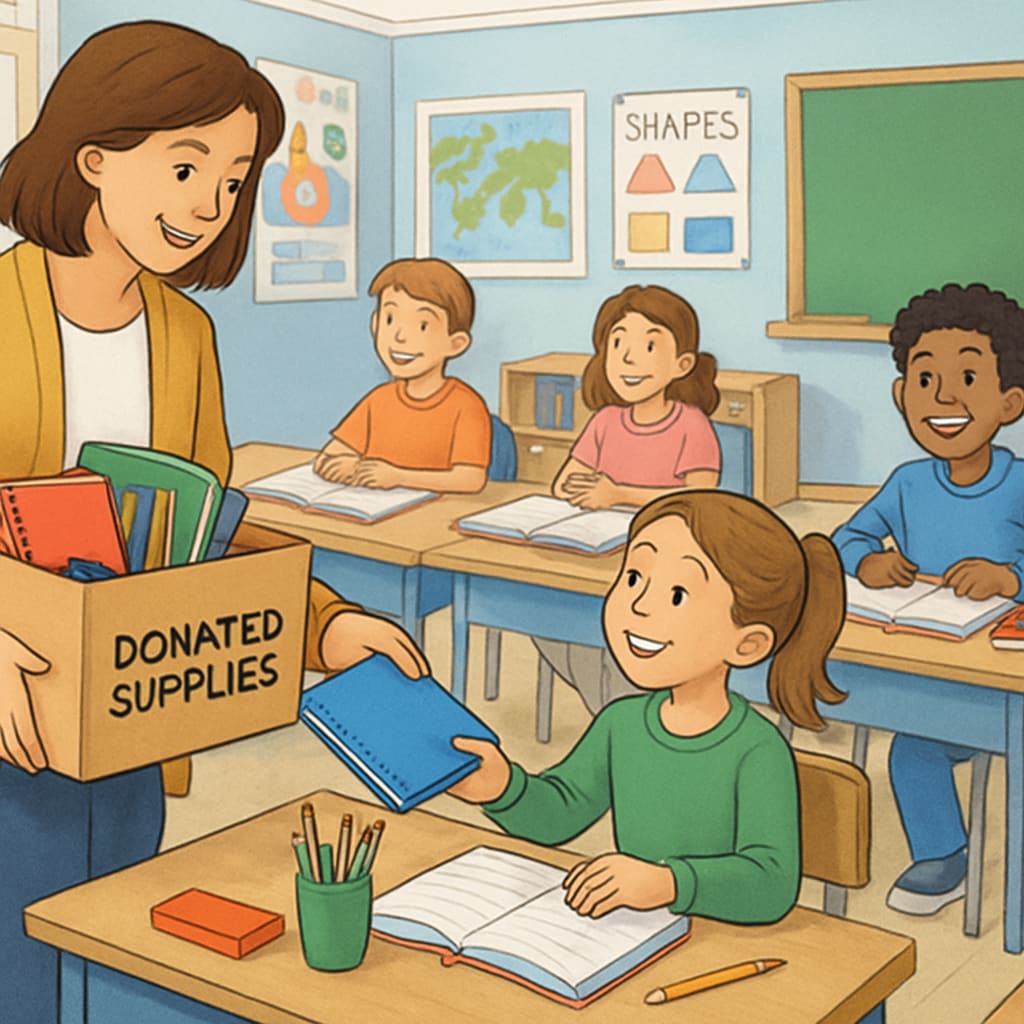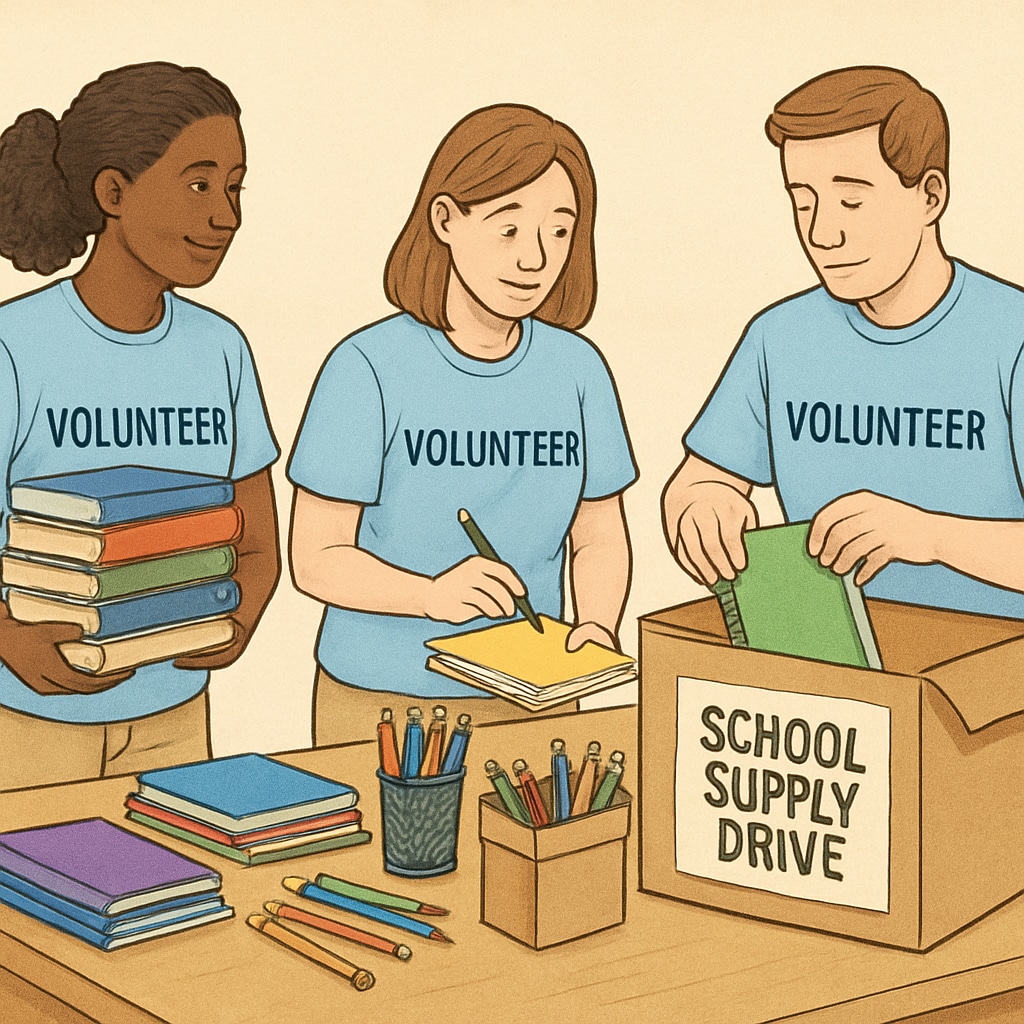In today’s education system, unequal resource distribution has left many classrooms struggling to meet basic needs. Teachers often step in, spending their own money to purchase essential materials for their students. Supporting teachers and classrooms through donations is an impactful way to address this issue, ensuring that every child has the tools they need to thrive in their learning environment. Classroom donations are not just about providing supplies—they are investments in the future of education, empowering both educators and students to succeed.
Why Classroom Donations Matter
Classrooms are the foundation of education, yet many lack the resources necessary for effective teaching and learning. According to studies, teachers in underfunded schools spend hundreds—or even thousands—of dollars annually on supplies such as books, art materials, and technology. This financial burden not only impacts their personal lives but also limits the opportunities available to students.
By donating classroom materials, individuals and organizations can significantly reduce the strain on teachers and create a more equitable learning environment. Resources like notebooks, pencils, and interactive tools can enhance student engagement, improve outcomes, and foster creativity in the classroom.

How You Can Support Teachers and Classrooms
There are numerous ways to make a difference through classroom donations. Consider the following options:
- Direct monetary donations: Many nonprofits and local education foundations accept monetary contributions to fund school supplies and educational programs.
- Supply drives: Organize or participate in donation drives to collect essential items like stationery, textbooks, and art supplies.
- Adopt-a-classroom programs: These initiatives allow donors to sponsor a specific classroom, providing tailored support based on the teacher’s and students’ needs.
- Corporate partnerships: Businesses can collaborate with schools to provide financial aid, technology, or other resources.
- Volunteering time: Beyond physical donations, offering time to assist with classroom activities or projects can be invaluable.
Each of these methods not only supports education but also fosters a sense of community and shared responsibility for shaping the next generation.

The Ripple Effect of Classroom Donations
Investing in classroom resources has a profound impact that extends far beyond the immediate benefits. When students have access to the tools they need, their confidence and academic performance improve. Educators can focus on teaching rather than worrying about shortages, creating a more positive and productive learning environment.
Furthermore, classroom donations encourage a culture of giving and community engagement. When society invests in education, it demonstrates a shared commitment to the values of equity, opportunity, and growth. This ripple effect benefits not only the students and teachers but also the families and future employers who rely on well-educated individuals to build a stronger society.
For example: According to Britannica’s insights on education, equitable access to resources is a critical factor in closing achievement gaps and preparing students for the workforce. Similarly, Wikipedia’s discussion on educational equity highlights how resource allocation directly impacts student success.
How to Get Involved Today
Are you ready to make a difference? Here are some immediate steps to support classrooms in need:
- Research local schools or organizations that accept donations for classrooms.
- Connect with teachers to understand their specific needs—many educators maintain wishlists for items they require.
- Spread awareness through social media or community groups to encourage others to join the cause.
- Donate gently used books, electronics, or furniture that may still serve a purpose in a classroom setting.
- Consider becoming a long-term sponsor for a school, ensuring consistent support over time.
By taking these steps, you can play a pivotal role in creating a brighter future for students and educators alike.
Conclusion
Classroom donations are more than charitable acts—they are investments in the future. Supporting teachers and students through tangible contributions empowers communities and fosters a culture of equity and opportunity. Whether through monetary support, supplies, or time, every effort counts in ensuring that education remains accessible and impactful for all. It’s time to step up and support teachers and classrooms because every donation shapes the future of learning.
Make a difference today: find a classroom in need and give the gift of education.


